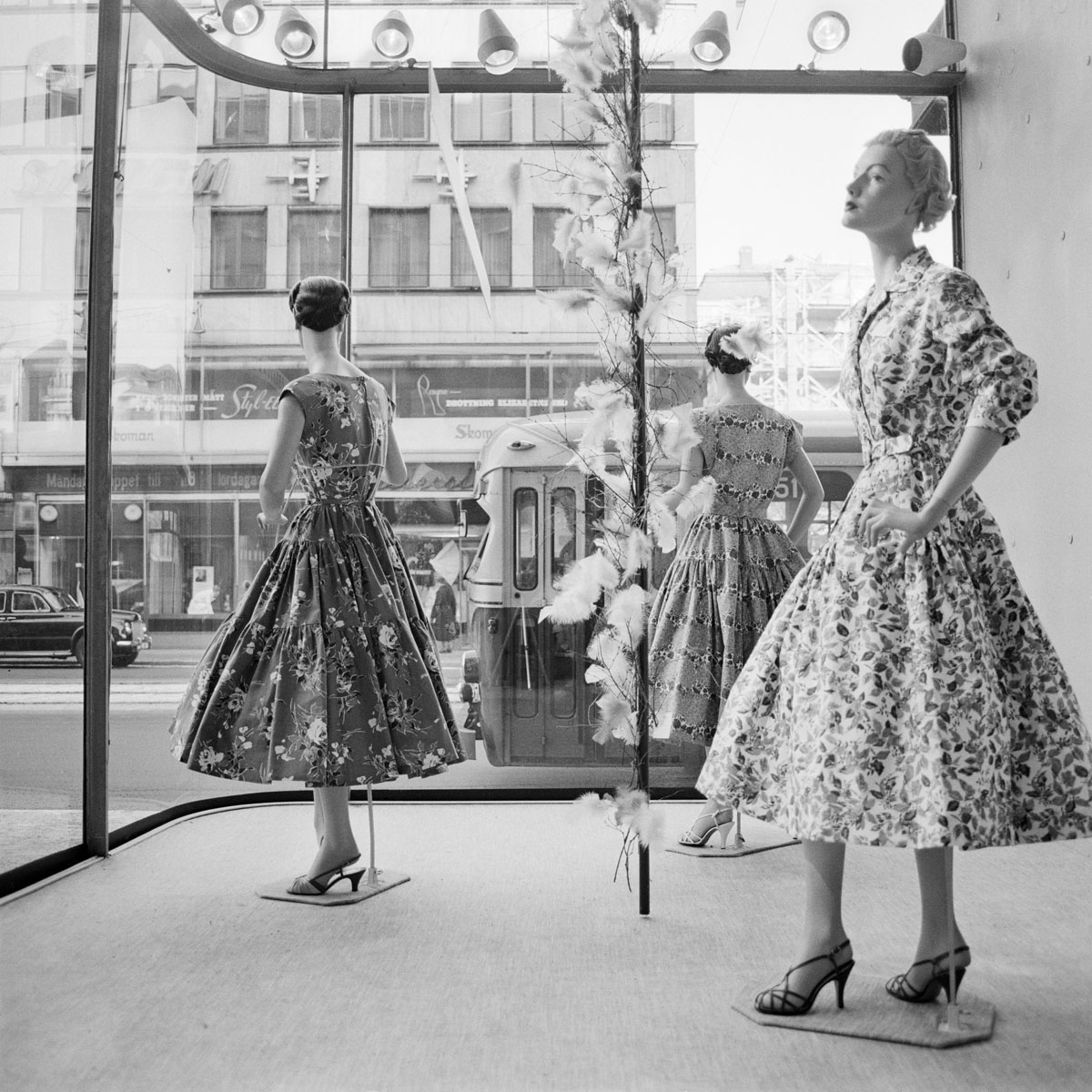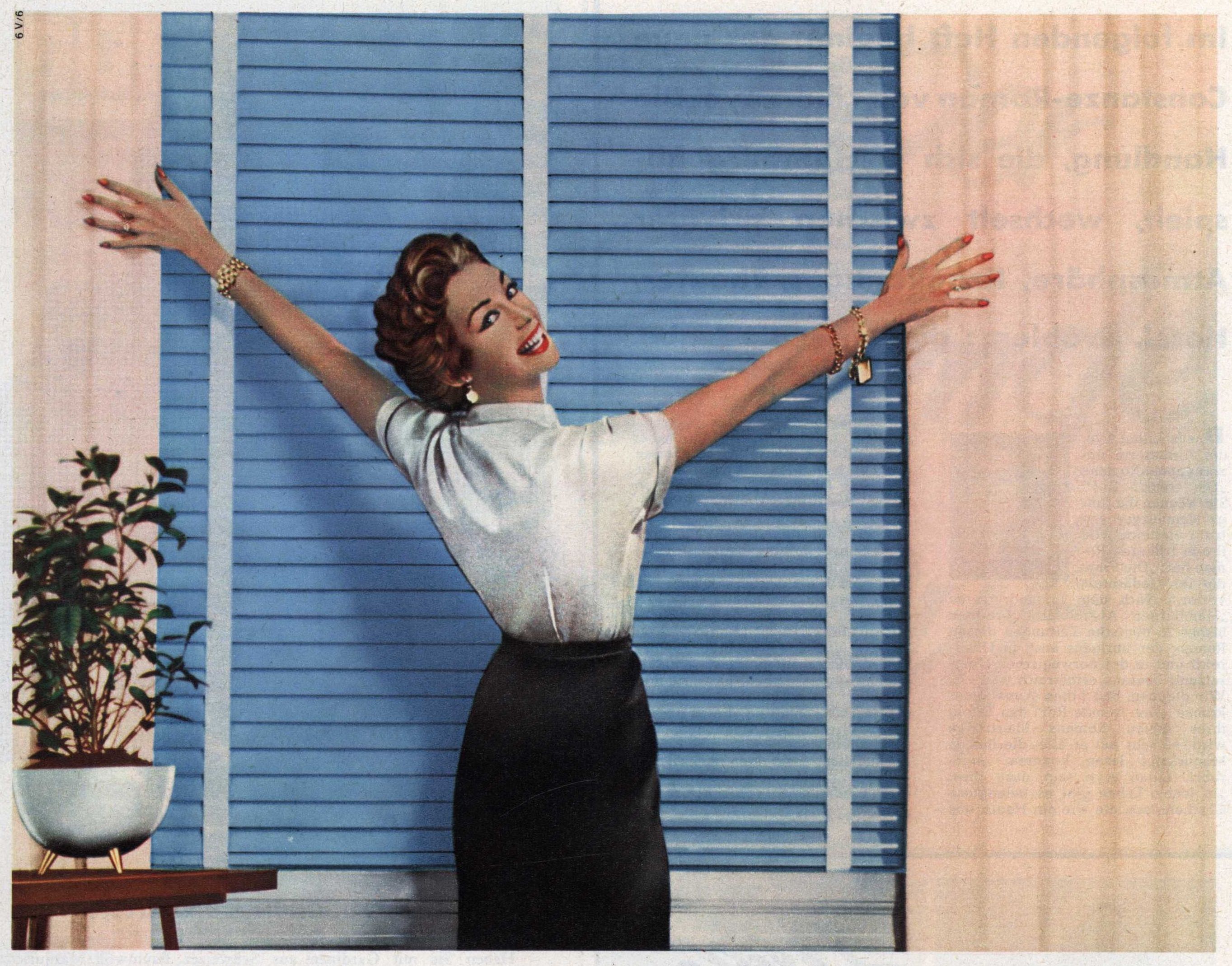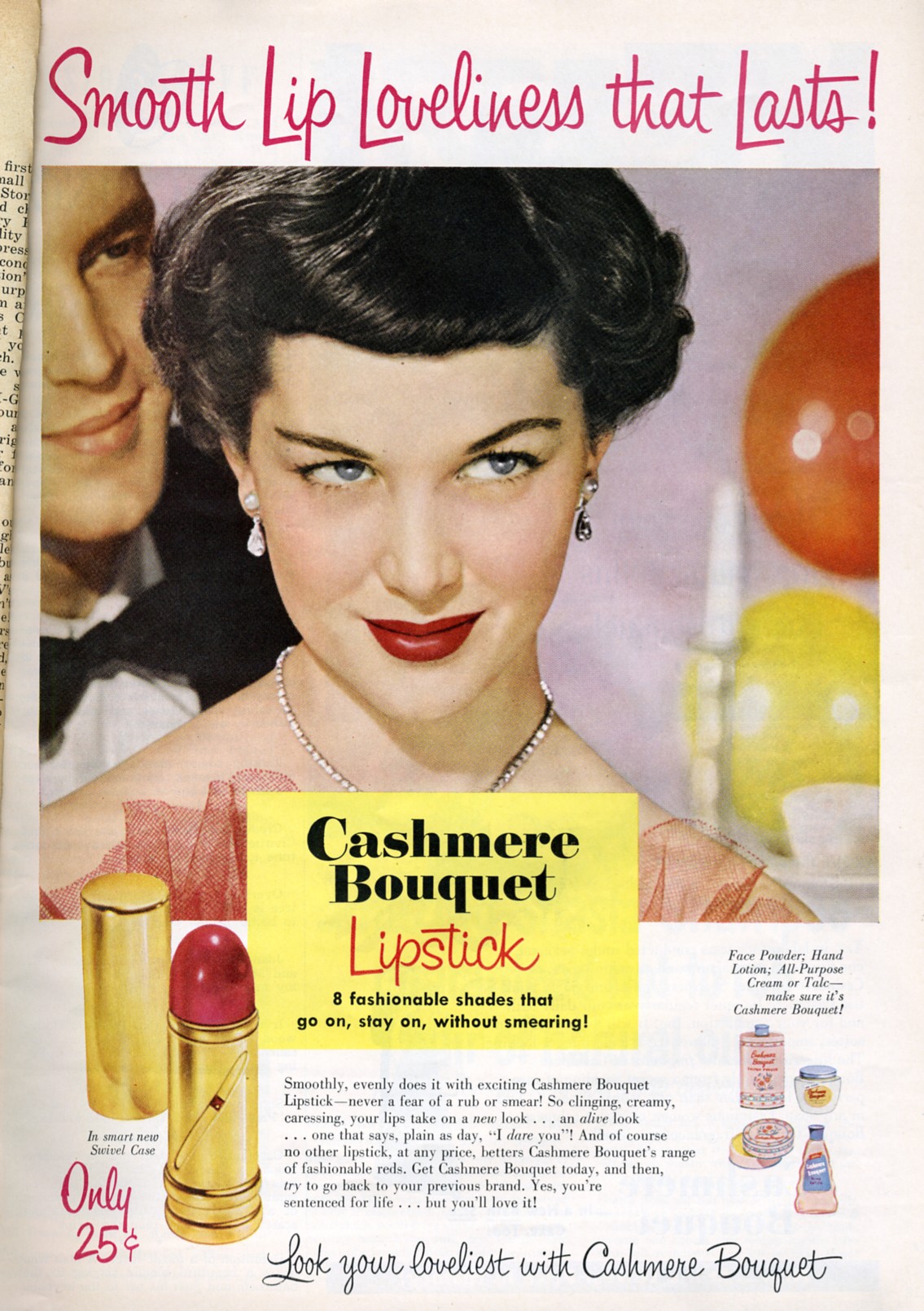How to Create a 1950s Look
This is an article I wrote some while ago to help promote an event in the area, but which in the end was never used. Although I suspect a significant portion of my readers are already knowledgeable about how to dress in a 1950s style, I hope it might be useful to anyone who is new to vintage dressing or who may wish to put together a fancy dress costume, for example. If you have any questions, comments, corrections or suggestions then feel free to leave a comment!
_____________
The 1950s was a time of great change in Britain. Following
the end of the Second World War, people were keen to move away from the
austerity of rationing, including the rationing of clothing which ended in
1949. In February 1947, Christian Dior launched a new clothing collection which
introduced the “New Look” to post-war Britain. The New Look consisted of
frivolous full skirts and tiny waists which we have come to associate with a
classic 1950s look. Although there was some opposition to the style by some
women who believed the New Look was impractical and was only within the means
of the very richest of Parisian society, the look still became one of the most
iconic fashion styles of all time, proving that French designs are never out of
fashion.
Of course the full calf-length skirts of the New Look were
not the only option available to women at the time. Here are some top tips for
creating your very own perfect 1950s look.
(Image: Storefront at Norrmalmstorg in Stockholm, 1957. Via
Stockholm Transport Museum on Flikr)
Dresses
Dresses of the 1950s commonly appear in a full-skirted
silhouette, or with a slim pencil skirt. For the most authentic look, choose dresses
with hemlines which fall just below the knee or lower. Square or sweetheart
necklines were popular, as were halter necks.
If you choose a dress with a full skirt, you may wish to
enhance the look by adding a petticoat. Make sure the petticoat you choose is
not too full for the skirt. The skirt should drape nicely over the top of the
petticoat with no distortion of the shape. Opt for a petticoat which is
approximately one to two inches shorter than your skirt so that it is not
visible, as petticoats in the 1950s were still considered underwear. Your
petticoat should also not be too short, as this will cause the bottom of your
skirt to flop instead of retaining the desired flounce.
Skirts and Trousers
Like dresses, skirts were full and flirty or fitted to
create a Marilyn-esque wiggle. Both styles are flattering on all kinds of
figures, enhancing your curves if you have any or helping to create them if you
don’t. Choose a high-waisted style and tuck your blouse neatly in to the waist.
Finish the look with a pretty belt to keep your waist looking stylishly tiny.
Popular styles of trousers include capris which were cropped
at mid-calf length, or cigarette trousers which sit at ankle-length. For the
first time in history, jeans were worn as a fashion item instead of being
reserved as a tough workwear item. Again, for the most authentic look, steer
away from styles that sit at the hip as this creates a very modern look.
Instead, opt for a style which sits at the natural waist.
Tops and Blouses
If you decide on wearing a skirt or trousers, you will of
course need a top or blouse to wear as well. Short sleeved blouses were
popular, and featured a variety of different collar styles including peter pan
collars, notched collars and shawl collars. Raglan and dolman sleeves were
fashionable. Details such as ruffles, delicate beading or buttons up the back
of the blouse may be present. Sheer blouses look very feminine and stylish but
plain white shirts also became popular in the 1950s, a look seen on Audrey
Hepburn in Roman
Holiday.
Holiday.
(Image: "Audrey Hepburn screentest in Roman Holiday trailer 2" by Trailer screenshot - Roman Holiday trailer. Licensed under Public Domain via Wikimedia Commons.)
Pair a pencil skirt or capris/cigarette trousers with a
fitted sweater for the iconic “sweater girl” look or for full skirts and
dresses choose a sweet cardigan which ends at the waist. For some extra
sparkle, choose a beaded cardigan in a fine knit.
(Image: 1950s magazine advertisement for “U.S. KedettesCasual Shoes for play, beach, or pool”. Despite the advert being for an
American brand, it nonetheless shows styles which were also popular in the UK.
Via Classic Film on Flikr)
Stilettos were very popular during the 1950s when heels
became slimmer and higher than ever before – however shoes with a thicker heel
were often favoured for day-wear. Wedges, slip-on mules and ballet pumps were
also in style. Saddle shoes and loafers were worn with casual outfits or
sportswear, and were commonly worn with bare feet (no stockings needed for this
laid-back style) or with white bobby socks.
Accessories
Plastic novelty jewellery was popular in the 1950s but
diamanté pieces, bamboo and pearls were also in style. Cat-eye sunglasses were
also available in many colours to be matched to any outfit.
For handbags, bucket-shaped or basket bags were common, and
the “Kelly” bag (a larger, flat bag often found in leather or reptile skin)
found popularity in 1956 when Grace Kelly was seen using one.
(Image: A model wearspearl jewellery, a veiled hat and gloves, 1950. Via The Coincidental Dandy [© The Estate of Erwin Blumenfeld,
collection Henry et Yorick Blumenfeld], public domain on Flikr]
Decorative gloves and hats were still seen, especially for
dressier and less casual looks. These accessories were favourites of Queen
Elizabeth II, whose look was much copied by women at the time. A beautiful silk
or nylon scarf can be worn tied around the neck or head to add the perfect
finishing touch to your outfit.
Finally, if you want to go for a totally authentic look,
choosing 1950s-style underwear can really help. Girdles and corsets were still
worn by women during the 1950s and these are especially helpful in creating the
very small waists which were in fashion at the time. Pointed bullet bras help
to lift and define the bust in a different way to modern bras, which helps to
further enhance the look of a small waist. Seamed stockings (and of course a
suspender belt or other piece of lingerie with suspenders to hold them up) will
take your look from retro to truly 1950s.
(Image: Toni TrioHome Permanent Wave advert from 1952. Via The Bees Knees Daily on Flikr)
Hair and Makeup
Women’s hair in the 1950s was commonly softly curled or waved using rollers or pin curls. Perms were used to help women with straight hair achieve these styles. There are many guides and tutorials available on the internet for learning how to create 1950s hairstyles, however vintage hairstyling techniques can be difficult if you’ve never tried before. For the best results, I’d recommend having a practice before going to an event.
Women’s hair in the 1950s was commonly softly curled or waved using rollers or pin curls. Perms were used to help women with straight hair achieve these styles. There are many guides and tutorials available on the internet for learning how to create 1950s hairstyles, however vintage hairstyling techniques can be difficult if you’ve never tried before. For the best results, I’d recommend having a practice before going to an event.
(Image: Advert from1950 Cashmere Bouquet Lipstick. Via Jussi on Flikr)
For makeup, start with a natural-looking foundation. Tans
were in fashion but the heavy contouring and highlighting which is common in
modern makeup will not help you to create a 1950s look. Eyeshadows were
available in both neutral shades and in colours so you can match your makeup to
your outfit. Applying your eyeshadow with a light hand will help keep it from
looking too modern. You could also choose to line your eyes with a black
eyeliner, or a softer brown shade which was favoured by Marilyn Monroe.
Eyebrows were carefully defined and appeared in more angular shapes than in
previous decades. For lipstick, shades of red and coral were popular. Like with
hairstyling, it’s possible to find lots of useful information on the internet.
Look for makeup advertisements from the 1950s (which can be found in colour) to
see the most authentic styles and colours.
Where to buy
If you shop carefully, 1950s styles can easily be found on
the high street. Take care to avoid hemlines that fall above the knee, as well
as obviously modern details such as studs and large mesh panels. Other features
to look out for include natural fabrics such as cotton or wool, high waists,
dresses with button-up fronts (“shirtwaists”), and classic patterns such as
florals, stripes or small polka dots.
If you don’t feel like braving the high street in search of
appropriate items, you can turn instead to companies which sell reproduction
vintage items – that is to say, modern clothing which has been designed to look
like original clothing from decades gone by. Sometimes these items are even
produced from original patterns and may also use original fabric or notions
such as buttons.
Here are some options for souring 1950s-style
clothing:
Alternatively, you can seek out original 1950s clothing and
create a completely authentic look. You can find original vintage clothing in
vintage shops, at vintage fairs, or online. Here are some options for shopping for original 1950s clothing online:















2 comments
Terrific howto post, dear Helen. The jewelry of the fifties, which you touched on here, has always appealed to me every bit as the garments that it accompanied. The mix of twee sweetness and stunningly sophistication (seen in 50s jewelry as a hole) mirrors much of my own style in general and will always cater to the whimsical and graceful sides of my fashion tastes alike.
ReplyDelete♥ Jessica
A very good article and overview of fifties styles. You have created a guide to refer to for each aspects of fifties outfits!
ReplyDelete